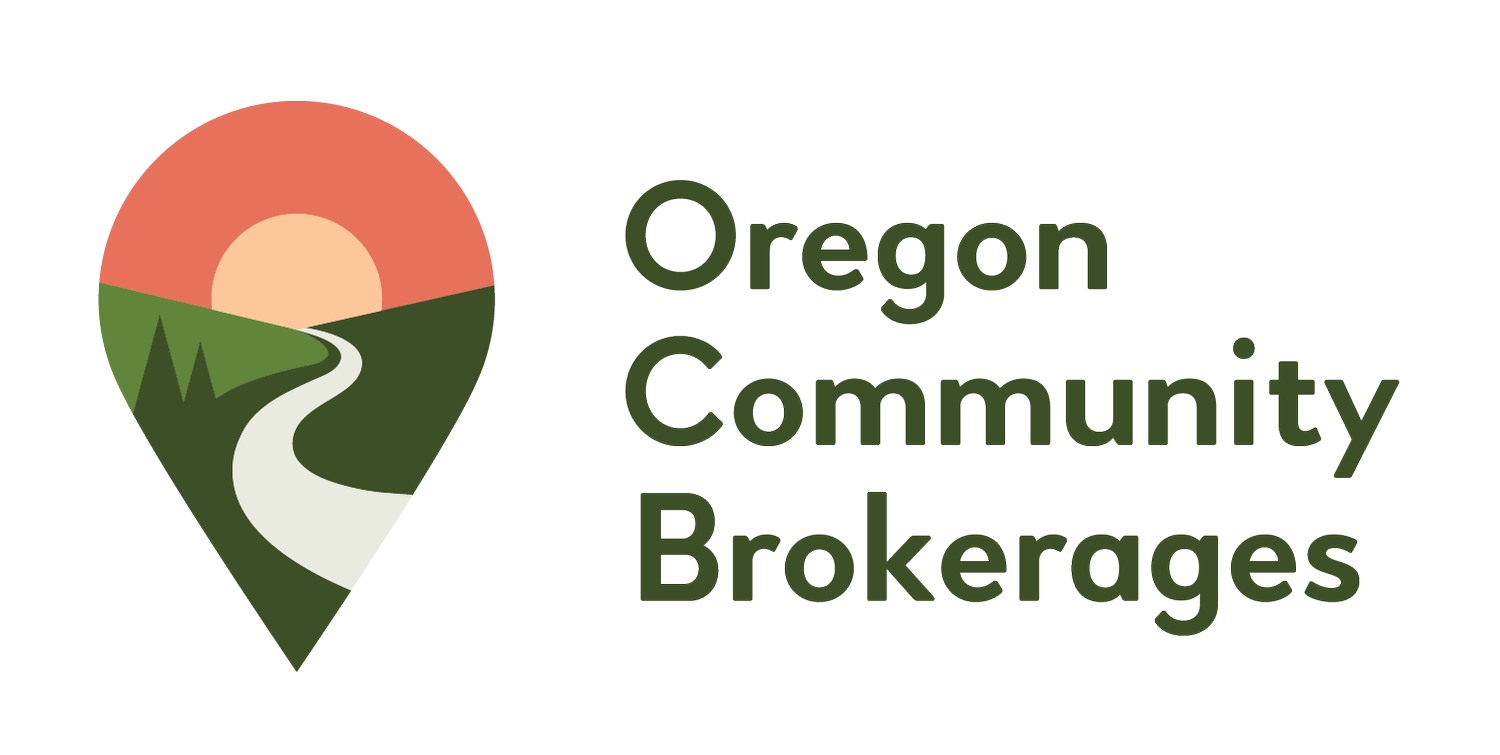
2019 Legislative Session Budget Outlook
Every two years, Oregon’s legislature passes a state budget to cover costs for the coming biennium. The legislative session is five months long, but budgetary decisions are some of the most complex and difficult that the legislature must make, and they generally don’t get settled until the tail end of session. The 2019 session is no different; budget decisions, including those for human services, are currently being weighed and deliberated.

Co-Chairs Release a Targeted Reduction List--What's On It?
Oregon’s economy is healthy and growing, but so are its costs. In fact, the costs of current services and budgeted obligations have outpaced the amount of money coming into the state to pay for them. Our legislative leaders have been warning us for months now that, without new sources of revenue, there will be cuts. Now, for the first time, we are getting a clearer picture of what those cuts might look like, as the Joint Ways and Means Committee Co-Chairs, Senator Richard Devlin (D-Tualatin) and Representative Nancy Nathanson (D-Eugene) have released their 2017-19 Target Reduction Lists.

The State Budget Process: What Do I Need To Know?
For the IDD system, the budgeting process is often a roller-coaster of emotion and advocacy. Service levels, program funding, and provider rates are all determined by the biennial state budget. On December 1st, Governor Kate Brown released her Governor’s Recommended Budget (GRB), which is a detailed budget plan for the 2017-2019 biennium. To get a handle on where the GRB falls in the full budget process, let’s take a closer look at it from start to finish.
